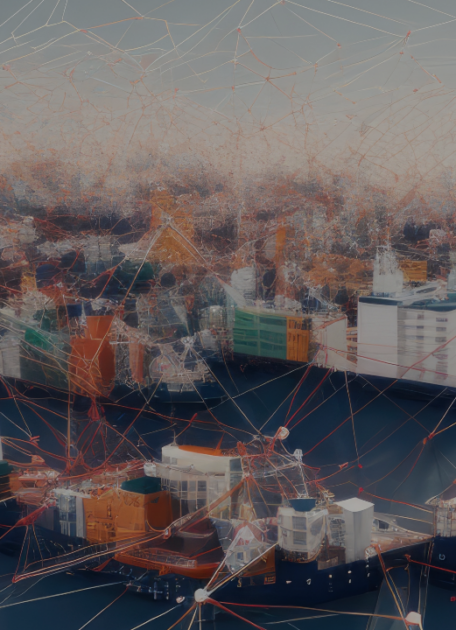The era of frictionless global trade is behind us. In its place: a world increasingly defined by national interests, protectionist policy shifts, and rising tariffs. Trade corridors are being rerouted. And the very structure of international supply chains is being thrown into question.
The consequences for business are real and immediate. According to recent model forecasts, some companies could face a major drop in EBIT margins if no action is taken (up to a 68% fall in EBIT in simulations conducted on sample companies). That’s not a theoretical threat—it’s a boardroom-level crisis.
The challenge now is not simply to react, but to adapt. The companies that will emerge stronger are those that take a deliberate, data-led approach to building tariff-resilient supply chains—designed not just for efficiency, but for agility and durability.
Here’s how – A Three-Phase Strategy for Trade-Tariff Resilience



Further Insights






